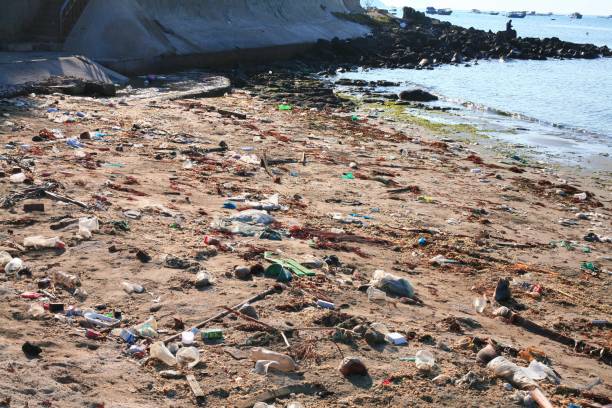Concern relating to this latter route led to analysis on the attainable consequences of applying sewage sludge (Cd-rich biosolids) to soils used for crops meant for human consumption, or of using cadmium-enriched phosphate fertilizer . This analysis has led to the stipulation of highest permissible concentrations for a number word whizzle engineering of meals crops . Lead is a metallic belonging to group IV and period 6 of the periodic desk with atomic quantity 82, atomic mass 207.2, density 11.4 g cm−3, melting level 327.4°C, and boiling level 1725°C.
Man-made contaminants are the main causes of soil air pollution and consist of a giant number of contaminants or chemicals, each natural and inorganic. They can pollute the soil both alone or combined with several pure soil contaminants. Man-made soil air pollution is normally brought on by the improper disposal of waste coming from industrial or city sources, industrial actions, and agricultural pesticides. Contaminants released at the Earth’s surface may be transported vertically and laterally into floor and ground waters and eventually turn into ingested by personal and municipal water customers. Contaminants adsorbed onto soil could be inhaled or ingested by humans immediately. They can be taken up by vegetation, accumulated in animal tissues, and ultimately detected within the foods ingested by people.
Soil acts as a natural sink for contaminants, by accumulating and generally concentrating contaminants which end up in soil from numerous sources. Tiny quantities of contaminants accumulate in the soil and – relying on the environmental situations and the degradability of the released contaminant – can attain excessive levels and pollute the soil. If the soil is contaminated, home-grown vegetables and fruits may turn into polluted too. This occurs because many of the soil pollution present in the soil are extracted by the vegetation together with water each time they feed. Thus, it’s always prudent to test the soil earlier than starting to develop anything edible. This is particularly important in case your backyard is situated near an industrial or mining space, or inside 1 mile of a main airport, harbor, landfill, or foundry.
When the coal is burned, most of these metals become concentrated within the ash . Coal ash and slag may contain sufficient lead to qualify as a “characteristic hazardous waste”, outlined in the US as containing more than 5 mg/l of extractable lead utilizing the TCLP procedure. These PAHs are recognized human carcinogens and the acceptable concentrations of them in soil are typically round 1 mg/kg. Coal ash and slag can be recognised by the presence of off-white grains in soil, gray heterogeneous soil, or bubbly, vesicular pebble-sized grains.
Various strategies for treating soil may be employed in situ or after excavation. These embody applying aeration, warmth and/or water, or treating it with chemicals that change the hazardous substances into ones that can biodegrade over time. People are at high danger for poisoning after they come into direct contact with soil. This could occur when an individual conducts any activity in the soil, such as digging, gardening and landscaping, and when soil is tracked into the house.
The emission of poisonous and foul gases from landfills pollutes the soil. Besides, the unpleasant scent also causes inconvenience to the folks residing close by. This is the introduction of microorganisms into the soil that break down contaminants. This is a perfectly environmental friendly method because it permits nature to take its course thus restoring steadiness.
